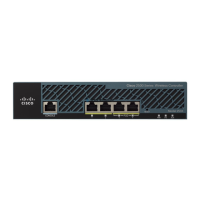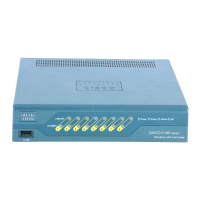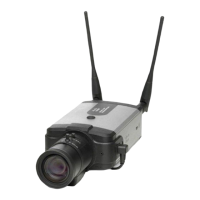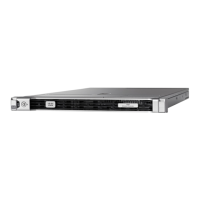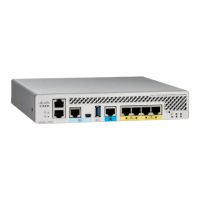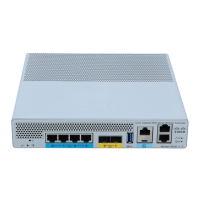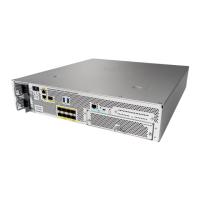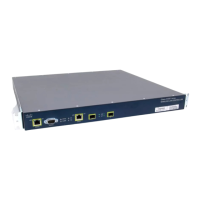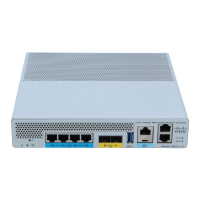Cooling Systems" in the appendix "Troubleshooting the Router."
Connecting to a Network
This section explains how to connect the router to your LAN and a WAN.
The cables required to connect the router to a network are not provided. To order a cable, see the section
"Obtaining Service and Support" in the "Overview of the Router" chapter. Or see the appendix "Cable
Specifications" for cable and port pinouts.
Warning Do not work on the system or connect or disconnect cables during periods of lightning
activity. (To see translated versions of this warning, refer to the Regulatory Compliance and
Safety Information document that accompanied the router.)
Take the following steps to connect the router to your networks:
Note For Ethernet equipped routers, start with Step 1, for Token Ring equipped routers start with Step 2.
Step 1 Connect the Ethernet AUI port (DB-15) to a transceiver using an Ethernet transition cable and
transceiver, as shown in Figure 3-11. Or connect a transceiver directly to the Ethernet AUI port.
Figure 3-11: Connecting Ethernet Transition Cables
Step 2 Connect the Token Ring port (DB-9) to a MAU. (See Figure 3-12.) To ensure agency compliance
with electromagnetic interference (EMI), make sure the cable is shielded.
You can also connect the Token Ring port (RJ-45) to a Token Ring hub. If the transmission rate of your
Token Ring network is 4 Mbps, use a UTP cable to connect the Token Ring port (RJ-45) to a Token Ring
hub. If the transmission rate of your Token Ring network is 16 Mbps, use a STP cable to connect the
Token Ring port (RJ-45) to a Token Ring hub.
http://www.cisco.com/univercd/cc/td/doc/product/access/acs_fix/cis2500/2520/2520_23/c2520ins.htm (9 of 14) [10/27/2000 3:07:47 PM]

